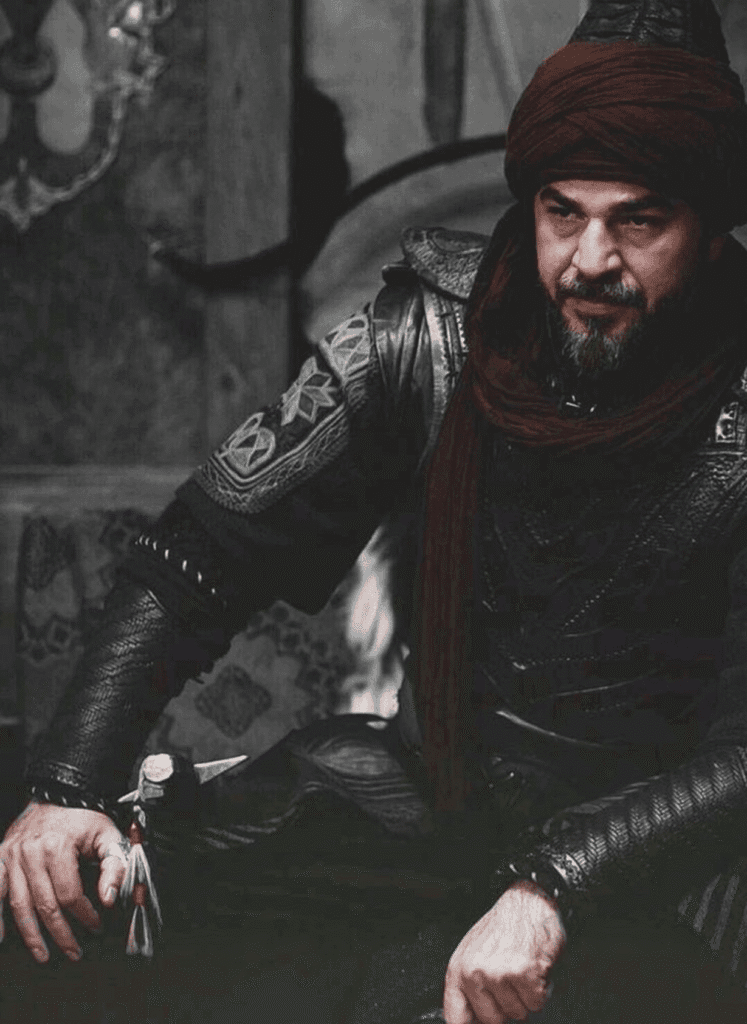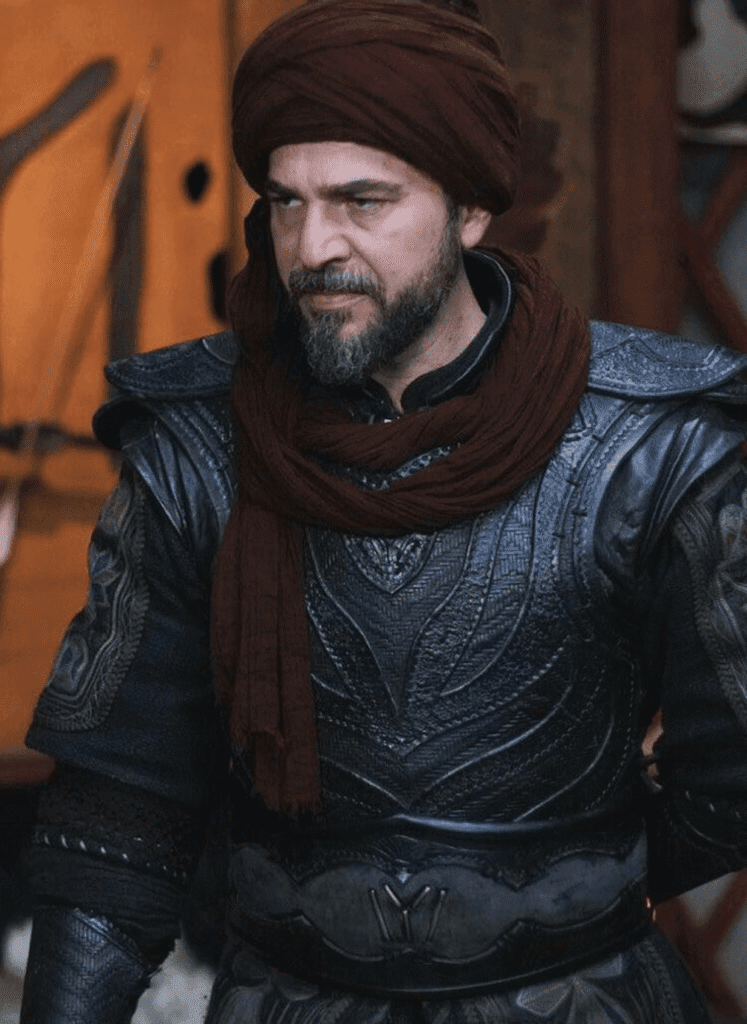Ertugrul Ghazi - A clear, simple, updated biography



Ertuğrul Ghazi is known as the father of Osman I (Osman Gazi), the founder of the Ottoman state. He led part of the Kayı branch of the Oghuz Turks on the Anatolian frontier and, according to tradition, received Söğüt as a frontier base. Much about his daily life is unknown, but his tomb in Söğüt and the long memory of his name show how deeply he lives in Turkish history and culture today.
Who was Ertuğrul?
Role: A frontier (“uç”) bey under the Seljuk Sultanate of Rum who settled around Söğüt (near today’s Bilecik). From there, his family later grew into the Ottoman dynasty.
Dates: Exact birth is unknown. Most references place his death around 1280–1281 in Söğüt. He is buried at the Tomb of Ertuğrul Gazi in Söğüt.
Family: Famous as the father of Osman I. Sources list two other sons—Saru Batu Savcı and Gündüz. His mother is remembered as Hayme Ana. The name of his father is debated (some later sources say Süleyman Shah, while numismatic evidence points to Gündüz Alp). Even the name of his wife is uncertain in the records (often Halime Hatun is mentioned, but historians call this disputed).
Plain takeaway: early records are thin, so historians are careful. Still, the Söğüt base, connection to Osman, and frontier leadership are widely accepted.
How did he gain Söğüt?
Traditional Ottoman accounts say Ertuğrul and his men backed the Seljuk side on the frontier. In return, he received Söğüt and nearby grazing/settlement rights. That location mattered: it sat on the Byzantine–Seljuk border, perfect for a small beylik to grow. From this base, Osman later pushed further into Bithynia.
Faith, networks, and the early Ottoman story
Later narratives often link Ertuğrul’s circle with religious scholars and dervish lodges in the region. Tradition says Sheikh Edebali—a respected Sufi and teacher—was close to the family; his influence becomes clearer in Osman’s time, when Osman is said to have been mentored by Edebali and later married Bala (Rabia) Hatun, the sheikh’s daughter. Treat these as traditional links that help explain the early beylik’s values and social glue.
Tomb, museum, and the Söğüt connection (visit guide)
Tomb: Ertuğrul’s tomb stands in Söğüt. The current mausoleum building dates to the late 19th century, rebuilt during the reign of Sultan Abdulhamid II after earlier structures suffered damage.
Museum: Nearby, the Söğüt Ertuğrul Gazi Museum displays Yörük textiles, weapons, coins, and local history items—useful for visitors who want context for the early Ottoman period.
Annual festival: Every September, Söğüt hosts the “Ertuğrul Gazi’yi Anma ve Yörük Şenlikleri”—a remembrance and Yörük festival with ceremonies and cultural events (e.g., the 2025 edition is scheduled for 12–14 September).
What we know (and don’t) about his rule
Known: He led a frontier community, kept order, and positioned his tribe in a place where trade routes and pasture met. This stable base was the launch pad for Osman’s later gains.
Uncertain: Many specific battles told in folk tales (exact dates, places, enemies) are hard to prove. Early Ottoman history blends fact and legend, so modern historians separate what is documented from what is storytelling.
Legacy in Turkey and beyond
A lasting name at home
Over centuries, rulers, units, ships, and mosques have carried Ertuğrul’s name—showing how strong his symbolic role became in Ottoman/Turkish memory. For example, an Ottoman cavalry regiment and a 19th-century frigate were named after him, and the Söğüt festival keeps his remembrance active each year.
Global pop-culture rise: Diriliş: Ertuğrul
The Turkish TV epic “Diriliş: Ertuğrul” (TRT1, 2014–2019, five seasons) brought Ertuğrul’s story to a worldwide audience. Engin Altan Düzyatan starred in the title role. The show is historical fiction: it uses the real setting and some names, then builds a long character journey with drama.
Pakistan’s huge response
In 2020, on the first day of Ramadan (24 April), Pakistan’s state channel PTV started airing the Urdu dub, titled “Ertugrul Ghazi.” It became a national hit. PTV’s YouTube numbers crossed millions of subscribers within months, and viewership reached tens of millions. This wave made the character of Ertuğrul famous among new audiences and turned Söğüt into a dream trip for many fans.
Simple timeline
Before 1280s: Frontier leadership under the Seljuk umbrella; settlement around Söğüt.
c. 1280/81: Death in Söğüt; burial at the site now known as Ertuğrul Gazi Tomb.
After him: Osman I gradually turns the beylik into a state, with big wins arriving in his son Orhan’s time (e.g., Bursa, 1326). Ertuğrul remains the symbolic father of the dynasty.
Character traits people remember
Frontier wisdom: He placed his people where pasture, trade, and security met.
Firm ethics: Traditional accounts portray him as just and God-fearing—traits later linked to Osman’s rule as well.
Community first: He is remembered not only as a warrior but as a community leader who gave his tribe a stable home in a dangerous border zone.
Ertuğrul in Diriliş: Ertuğrul
The series builds a hero’s journey:
Season arcs show trials, alliances, betrayals, and spiritual growth.
The writers bring in dervish lodges, Byzantine and Mongol threats, and a strong focus on family and faith.
It ends by handing the torch to the next generation and pointing toward Kuruluş: Osman (the Osman-centered sequel).
Remember: enjoy the story, but separate it from documented history. The core facts—Söğüt base, Osman’s rise, tomb in Söğüt—stay the same whatever the series adds for drama.
Quick facts
Name: Ertuğrul (often honored as Ertuğrul Gazi)
People/Tribe: Kayı branch of the Oghuz Turks
Position: Frontier (“uç”) bey under the Sultanate of Rum
Base: Söğüt (north-west Anatolia)
Died: c. 1280–1281 (Söğüt)
Burial: Tomb of Ertuğrul Gazi, Söğüt
Family: Father of Osman I; other sons Saru Batu Savcı and Gündüz (names and some relations differ in sources)
Spouse: Halime Hatun is frequently named, but this is disputed in scholarship
In pop culture: Star of TRT’s Diriliş: Ertuğrul (2014–2019), played by Engin Altan Düzyatan; Urdu dub Ertugrul Ghazi aired on PTV in 2020 and became a huge hit.
Conclusion
Ertuğrul Ghazi gave his people a secure home on the frontier and a sense of purpose. From that firm base in Söğüt, his son Osman began the next chapter. Today, the tomb, the museum, and the annual festival keep his story alive, while the TV series introduced him to millions around the world. This is why his name still feels close—simple, strong, and connected to the very start of Ottoman history.
FAQ's
Who was Ertuğrul Ghazi in history?
Ertuğrul Ghazi was a 13th-century frontier bey (leader) of the Kayı tribe of Oghuz Turks. He is historically significant as the father of Osman I, the founder of the Ottoman Empire. He established a base in Söğüt, which became the launchpad for the future Ottoman state.
Is the TV show "Diriliş: Ertuğrul" historically accurate?
The TV show is a historical drama, meaning it uses real settings, names, and events as a foundation but adds significant fictional drama, characters, and storylines for entertainment. While it captures the spirit of the era, viewers should distinguish its narrative from the limited documented facts of Ertuğrul’s life.
Who played Ertuğrul Ghazi in the series?
The character of Ertuğrul Ghazi was portrayed by the renowned Turkish actor Engin Altan Düzyatan in the hit series “Diriliş: Ertuğrul.”
Where is Ertuğrul Ghazi buried?
Ertuğrul Ghazi is buried in a mausoleum in Söğüt, Turkey. The current tomb was rebuilt in the late 19th century during the reign of Sultan Abdulhamid II. It is a significant historical and cultural site that attracts many visitors.
Who was Ertuğrul Ghazi's son?
His most famous son was Osman I, who founded the Ottoman Empire. Historical sources also mention two other sons: Saru Batu Savcı and Gündüz.
Why did the show "Ertugrul Ghazi" become so popular in Pakistan?
When the Urdu-dubbed version, “Ertugrul Ghazi,” aired on Pakistan’s state channel PTV in 2020, it became a national phenomenon. Its themes of faith, justice, and resistance resonated deeply with audiences, garnering tens of millions of viewers and making Söğüt a dream destination for many fans.

